Peruvian culture is an amazing blend of Inca, colonial, and immigrant tradition. This is most evident in the food here, which I’ve quickly learned is famous throughout South America and the world for its richness and diversity. Most of the foods I’ve tried here I haven’t had to leave the house for because my host mother, Marlene, always makes a traditional dish for dinner. I eat around 8 o’clock with my host family and housemates. My host family is comprised of the dad, Leo, the mom, Marlene, and their two sons, Franco (age 22) and Thiago (age 11).
Something I did not know before coming here is that we have Peru to thank for the world’s potatoes! As someone with lots of Irish heritage, I’ve always associated potatoes with Ireland, but they were actually introduced to Ireland from Peru by the Spanish in the 1500’s. Peru has more than 4,000 native varieties of potatoes, which are cooked in various ways and included along with rice in almost every Peruvian dish. Other foods that are common in Peruvian cuisine are cow (and I mean every part of the cow), pig, chicken, and onions. Many of these foods are not actually native to the Americas but introduced by Spanish colonists and adopted into Peruvian cuisine.
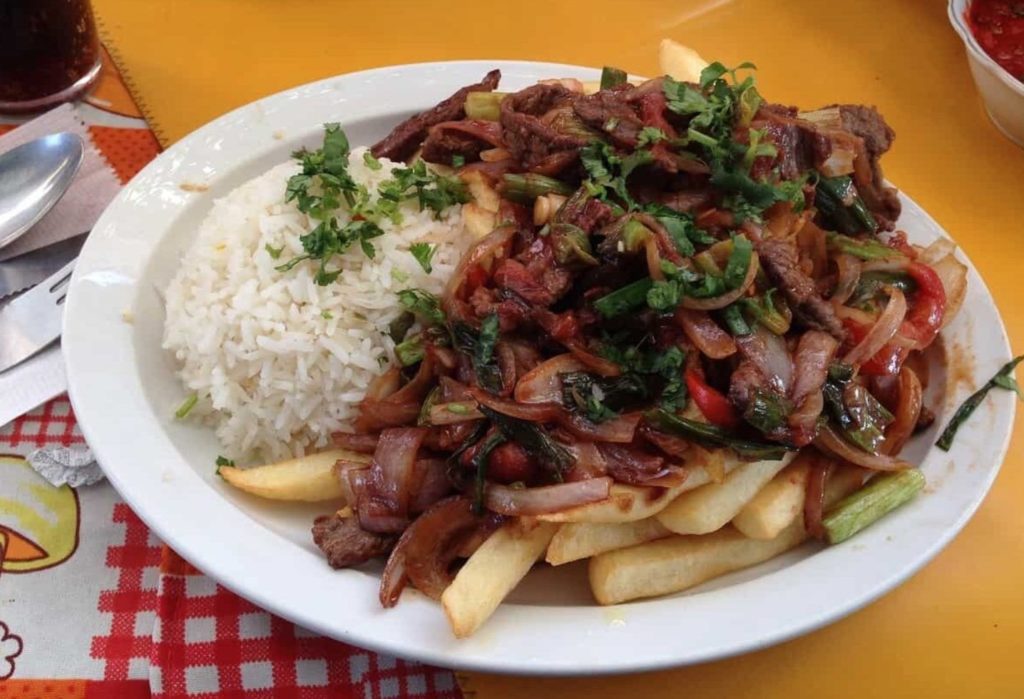
One classic and historically significant dish that remains popular in Cusco is cooked guinea pig, known here as cuy. Cuy might be known as a household pet in the United States, but it was enjoyed as a special dish by the Incas. It’s typically served as the entire animal, with the teeth, eyes and limbs still intact. It took me a minute to get over my initial apprehension to try cuy, but it’s surprisingly rich and I’ve had it several times now since getting here. I’ve tried many foods that are outside my comfort zone, including alpaca steak and anticuchos (heart), quail eggs (sold on kebabs in the street), and cow liver.
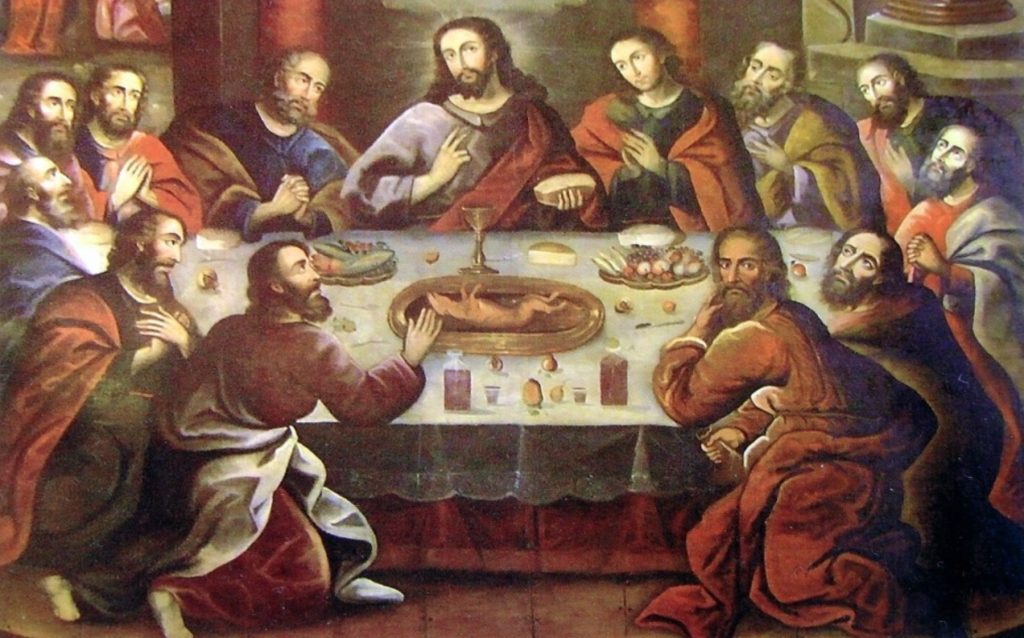
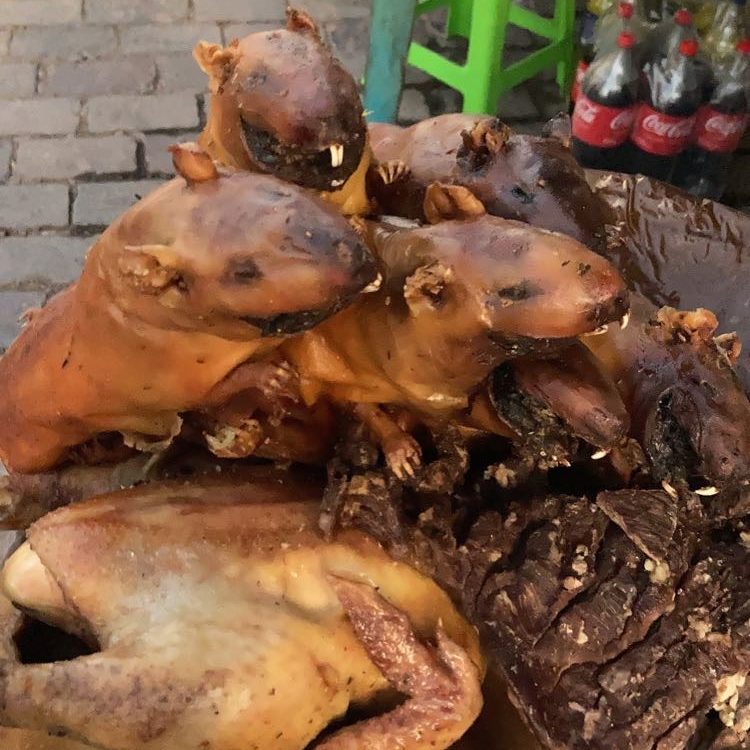
Peruvian dishes are also heavily influenced by immigrants, especially from Japan and China. Japanese-Peruvian fusion is called Nikkei, and Chinese-Peruvian fusion is called Chifa. Restaurants for these types of cuisine are everywhere. Chaufa, or Peruvian fried rice, is an example of Chifa that is served with Peruvian takes on Chinese dishes. Peru’s famous ceviche, a delicious soup of raw seafood and vegetables served with spicy sauce, is influenced by Nikkei cuisine.
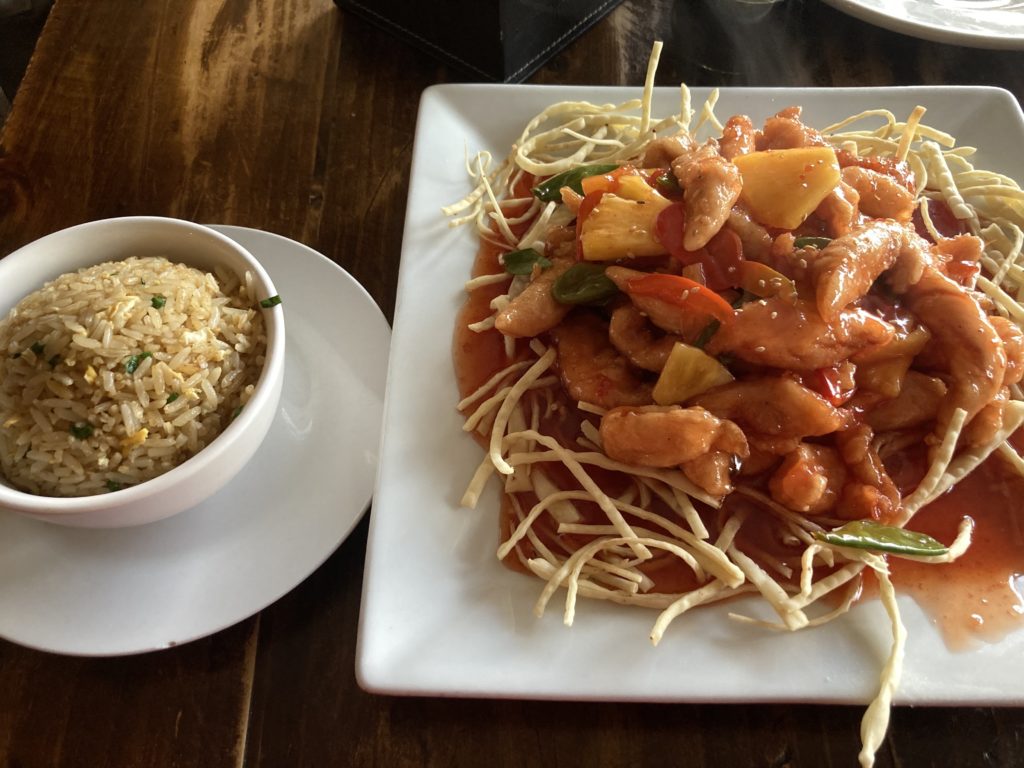
Finally, one Peruvian food I can’t go without mentioning is Pollo a la Brasa. Typically served with fries and different semi-spicy sauces, this chicken is cooked in a massive oven and is a comfort food for many Peruvians.
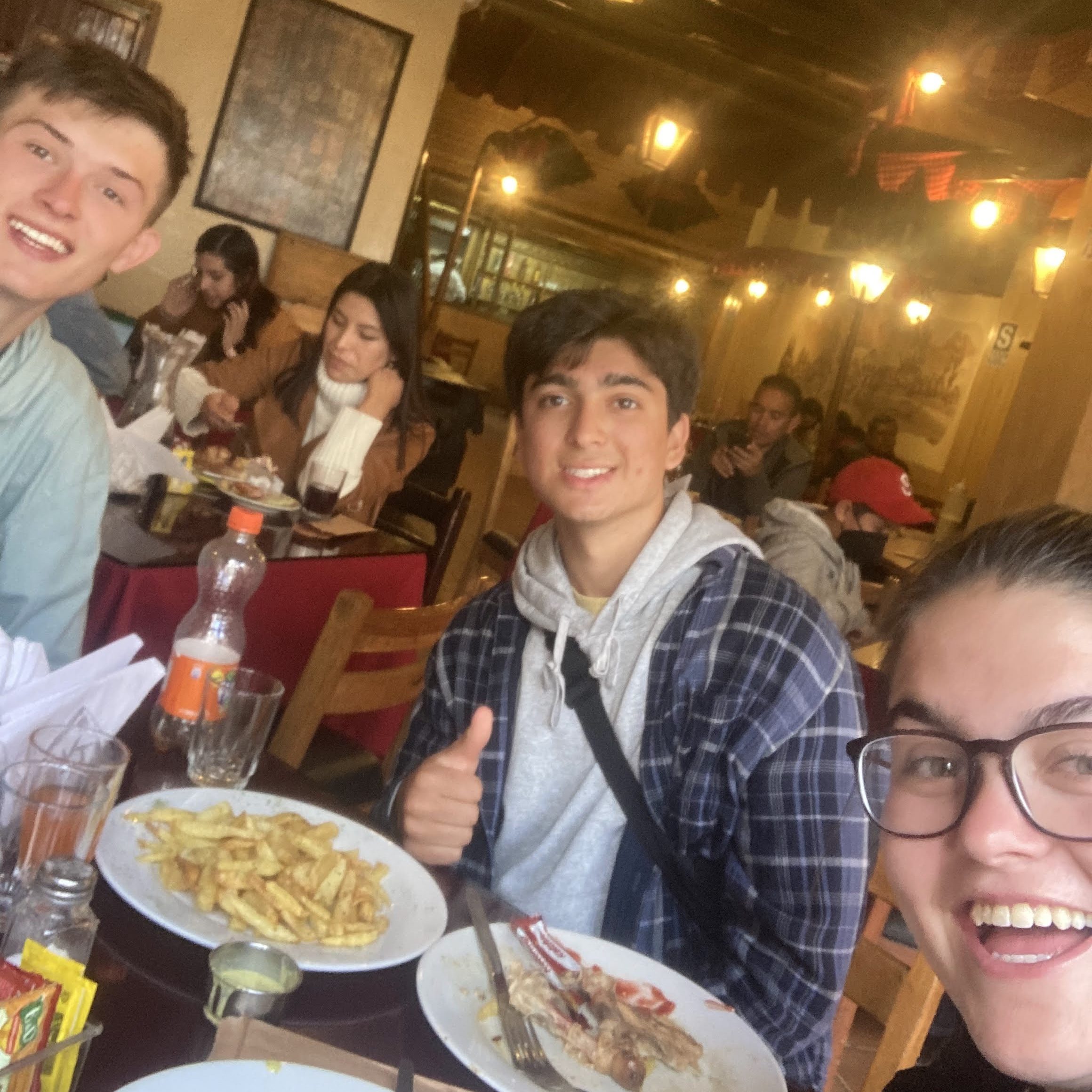
That’s all for now, but I’ll update soon with some details on the history and traditions of Cusco!